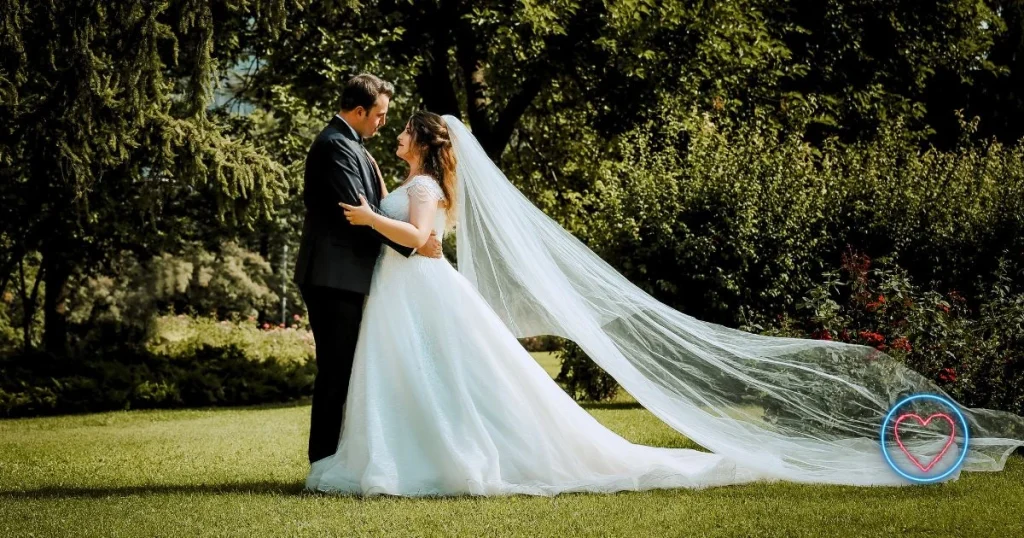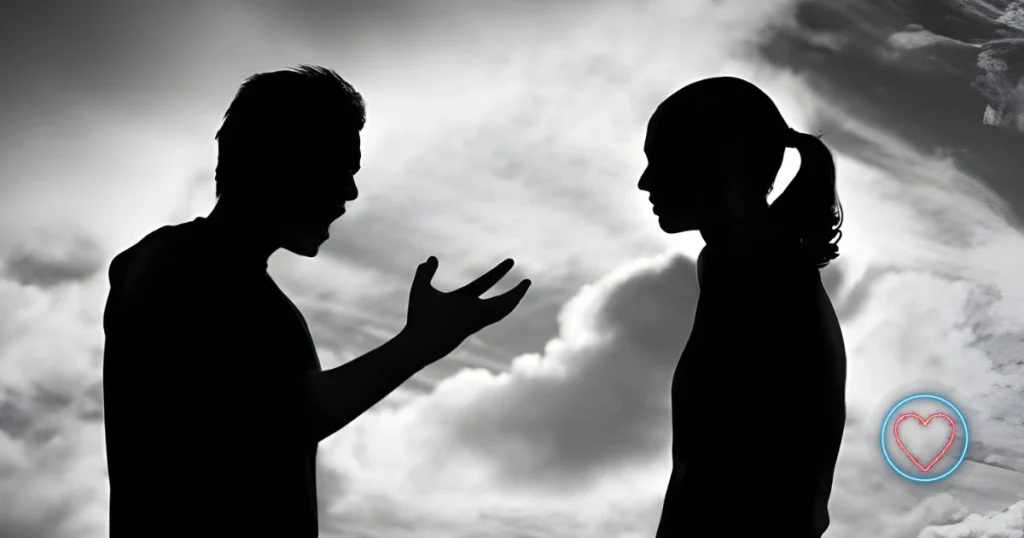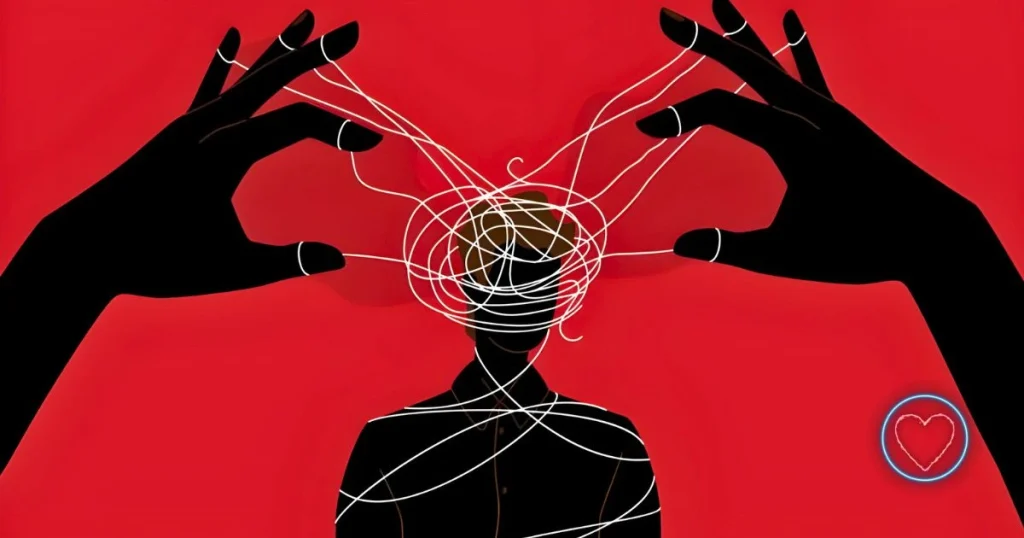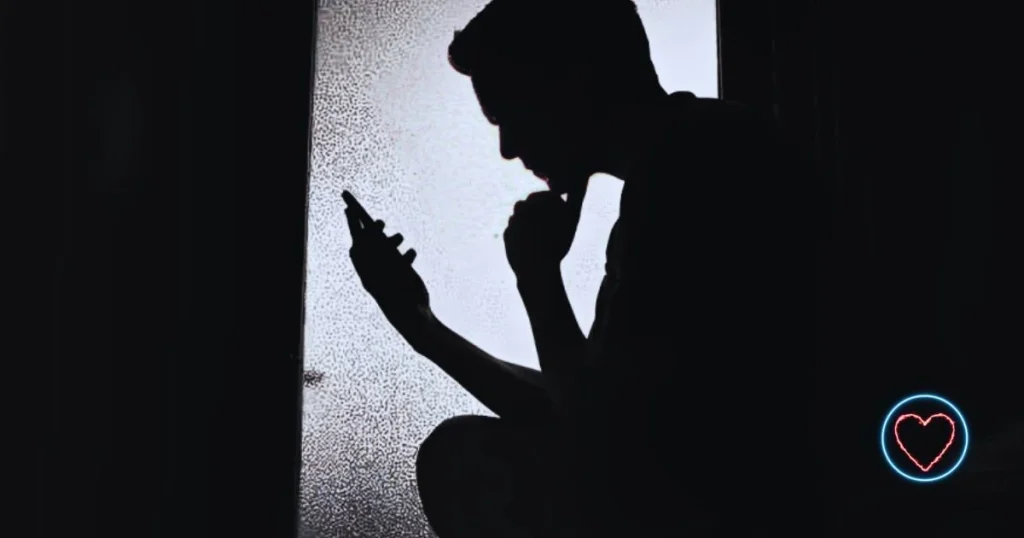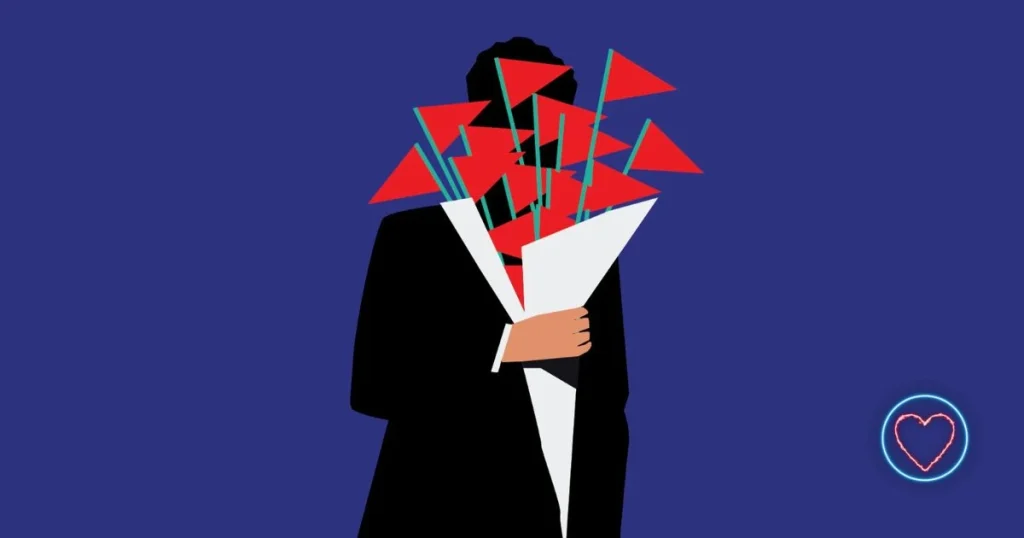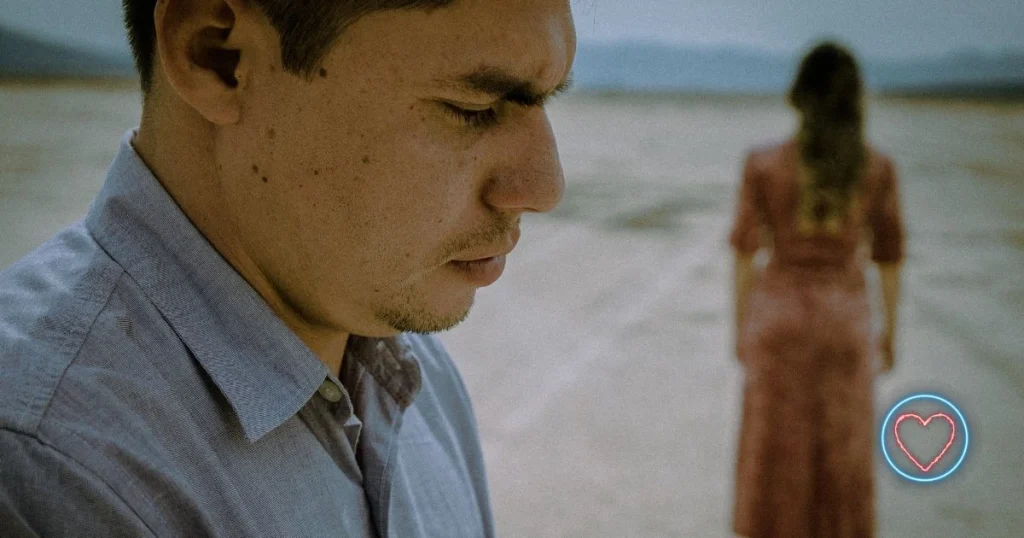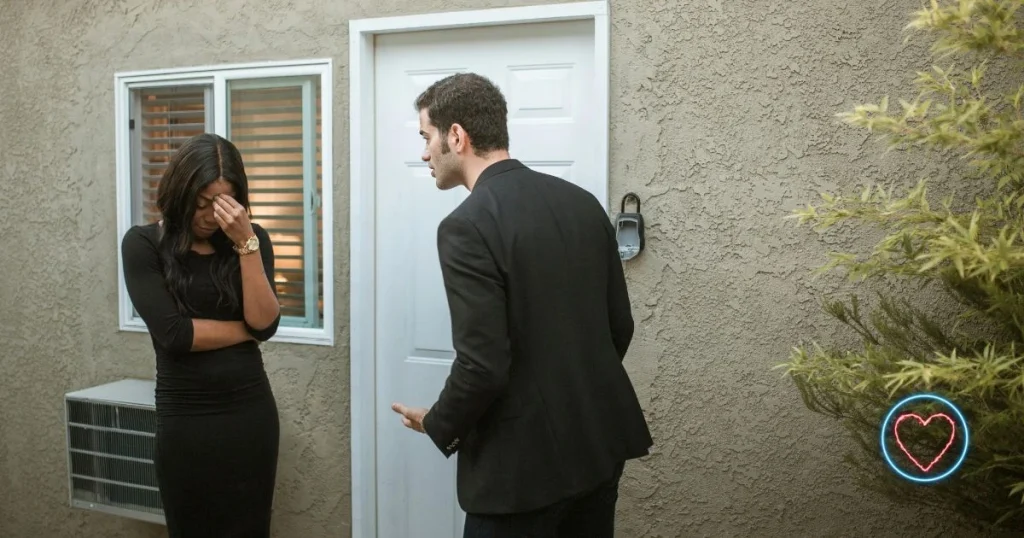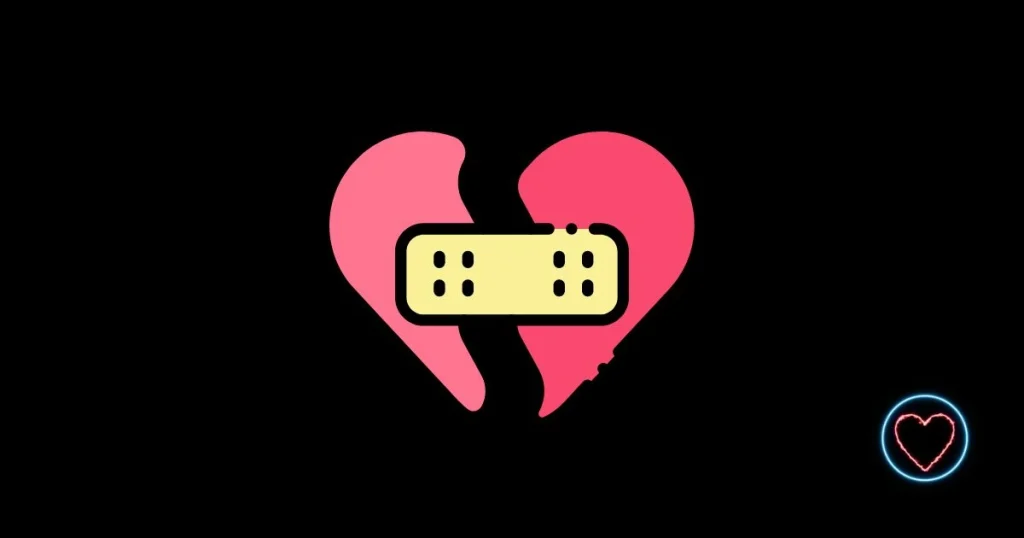Introduction
Love is often portrayed as a beautiful, all-consuming emotion that brings joy and fulfillment. However, when love turns into obsession, it can take a dark and dangerous turn. Stalking is a terrifying reality for many individuals who find themselves pursued by someone who refuses to let go. What begins as infatuation or a failed relationship can escalate into harassment, threats, and even violence.
This article explores the psychology of obsessive love, the warning signs of stalking behavior, real-life cases where obsession turned deadly, and how victims can protect themselves. Understanding this disturbing phenomenon is crucial in recognizing the dangers and preventing tragedies.
The Thin Line Between Love and Obsession
Not all intense love is unhealthy, but when affection becomes possessive, controlling, and irrational, it crosses into dangerous territory. Psychologists differentiate between healthy attachment and obsessive love disorder (OLD), a condition where a person becomes fixated on another to the point of irrational behavior.
Signs of Obsessive Love:
- Constant Monitoring – The individual demands to know their partner’s whereabouts at all times, checks their phone, or follows them.
- Extreme Jealousy – They become irrationally jealous of friends, coworkers, or even strangers.
- Refusal to Accept Rejection – Even after a breakup, they continue to pursue the person, believing they are “meant to be.”
- Love Bombing – Overwhelming the victim with excessive affection, gifts, and attention to manipulate them.
- Isolation Tactics – They try to cut the victim off from friends and family to maintain control.
When these behaviors escalate, they often transition into full-blown stalking.
From Rejection to Stalking: How Obsession Spirals Out of Control
Stalking is defined as a pattern of unwanted, repeated attention that causes fear. According to the National Intimate Partner and Sexual Violence Survey, 1 in 6 women and 1 in 17 men have experienced stalking in their lifetimes. Many cases arise from former intimate partners who refuse to let go.
Stages of Escalation:
- Fixation – The stalker becomes overly attached, often idealizing their target.
- Rejection – When the victim tries to distance themselves, the stalker’s behavior intensifies.
- Harassment – Calls, texts, showing up uninvited, or spreading rumors.
- Intimidation – Threats, vandalism, or cyberstalking to instill fear.
- Violence – In extreme cases, the stalker may assault or kill their victim.
Stalkers often believe they are entitled to their victim’s love and may justify their actions as “romantic.” This distorted mindset can lead to fatal consequences.
Real-Life Cases: When Obsession Turned Deadly

1. The Murder of Rebecca Schaeffer
Rebecca Schaeffer, a rising Hollywood actress, was stalked and killed in 1989 by Robert John Bardo, an obsessed fan. Bardo had been fixated on her for years, sending letters and showing up at her workplace. When he saw her in a scene with another actor, he became enraged and shot her at her doorstep. Her death led to the passage of anti-stalking laws in California.

2. The Case of Jodi Arias
Travis Alexander was brutally murdered by his ex-girlfriend, Jodi Arias, in 2008. What began as a passionate relationship turned toxic when Arias became possessive. After their breakup, she stalked him, hacked his emails, and ultimately stabbed and shot him in a jealous rage.

3. The Murder of Shana Grice
Shana Grice, a 19-year-old from the UK, was stalked and killed by her ex-boyfriend, Michael Lane, in 2016. Despite reporting him to the police five times, authorities dismissed her concerns, even fining her for wasting police time. Lane later broke into her home and slit her throat.
These cases highlight a chilling pattern: stalking is often a precursor to homicide. Yet, many victims are not taken seriously until it’s too late.
Why Stalking Is Often Overlooked
Despite its dangers, stalking is frequently minimized by law enforcement, friends, and even family. Some reasons include:
- “They’re just in love” – Romanticizing persistence as devotion.
- Lack of Physical Evidence – Cyberstalking leaves fewer traces.
- Victim Blaming – “Why don’t you just block them?”
- Legal Loopholes – Many laws require proof of imminent threat, making it hard to prosecute stalkers early.
This systemic failure leaves victims vulnerable.
How Victims Can Protect Themselves
If you or someone you know is being stalked, take these steps:
1. Document Everything
- Save texts, emails, voicemails, and social media messages.
- Keep a log of incidents with dates and times.
2. Strengthen Privacy
- Change passwords, enable two-factor authentication.
- Adjust social media settings to private.
3. Seek Legal Protection
- File a police report, even if they seem dismissive.
- Obtain a restraining order (though be aware that some stalkers escalate when served).
4. Inform Trusted People
- Tell friends, family, and coworkers about the stalker.
- Have a safety plan in place.
5. Self-Defense and Awareness
- Vary routines to avoid predictability.
- Consider self-defense classes or safety apps.
Conclusion: Breaking the Cycle of Obsession
Stalking is not romantic—it is a crime. Society must stop dismissing obsessive behavior as harmless and recognize the deadly potential of unchecked fixation. Education, stronger legal protections, and better support for victims are crucial in preventing tragedies.
If you see the warning signs—whether in a friend, partner, or even yourself—seek help before obsession turns deadly. Love should never come with fear.


